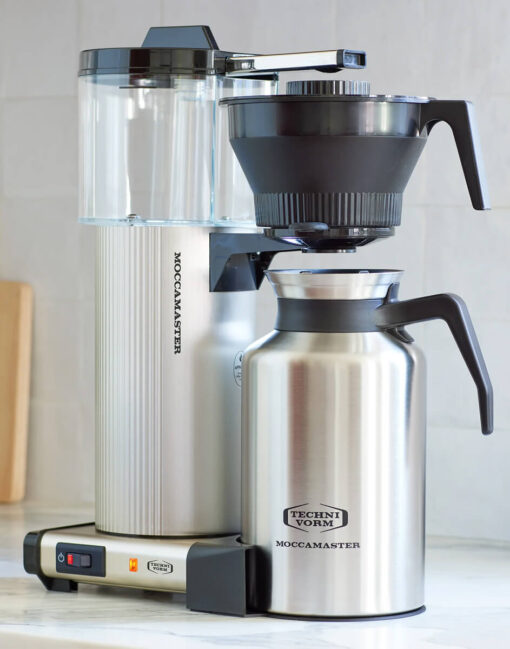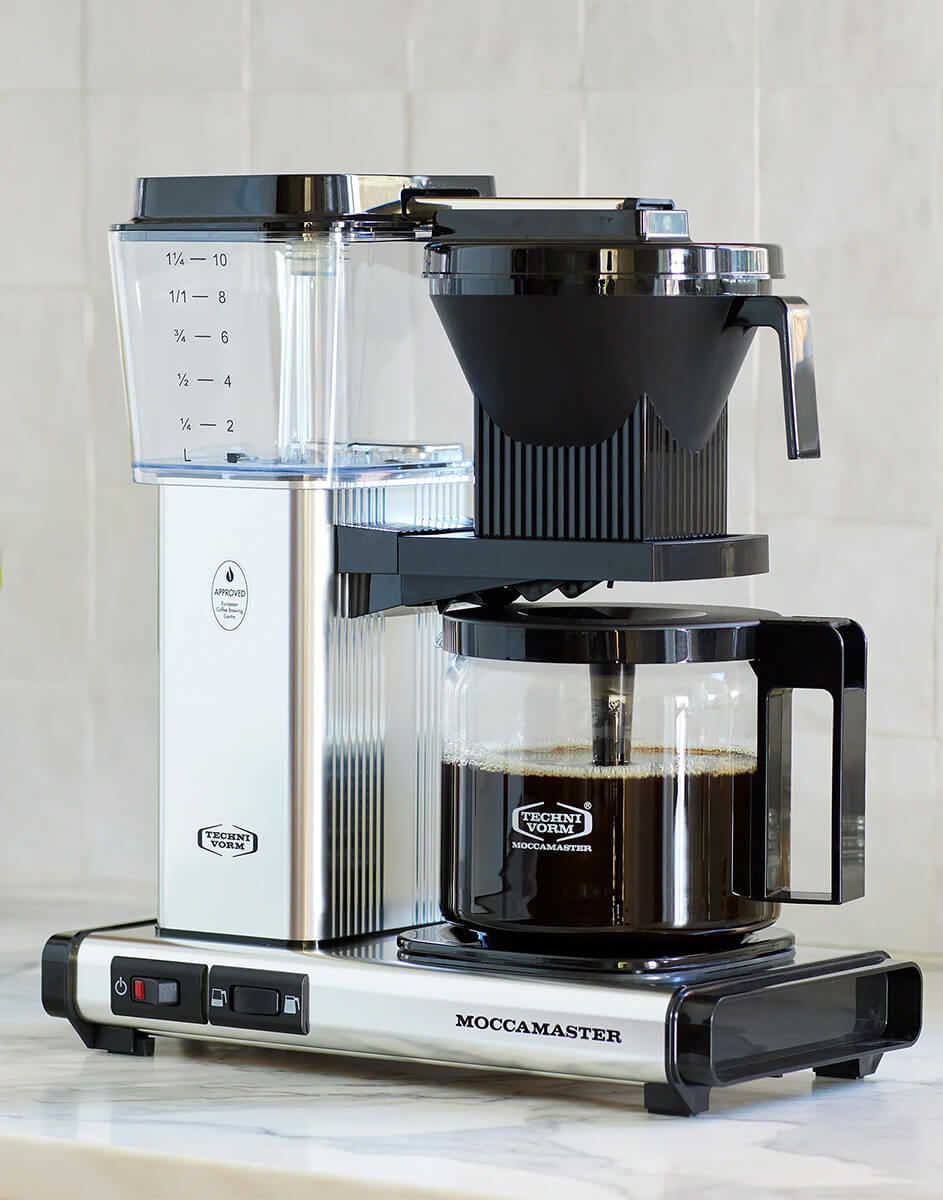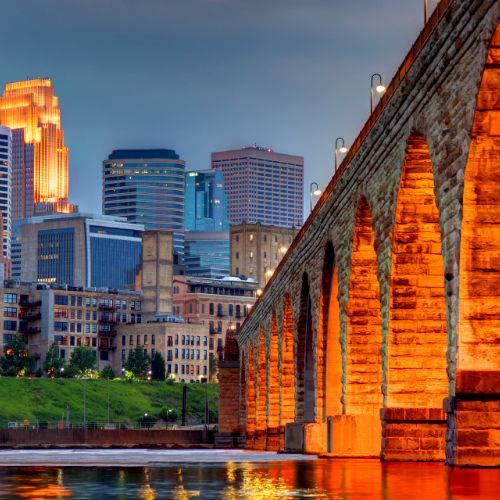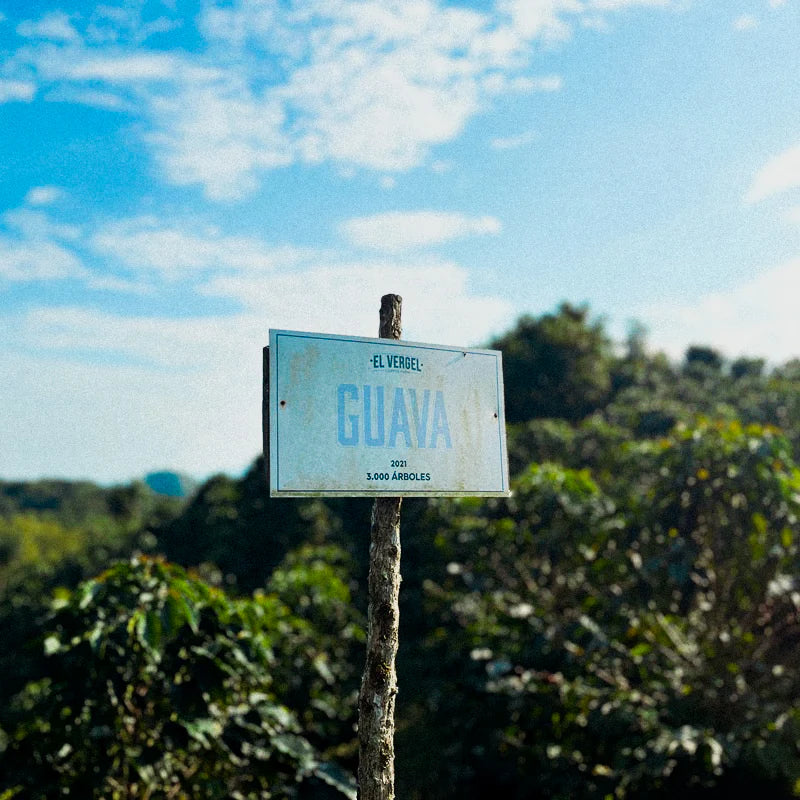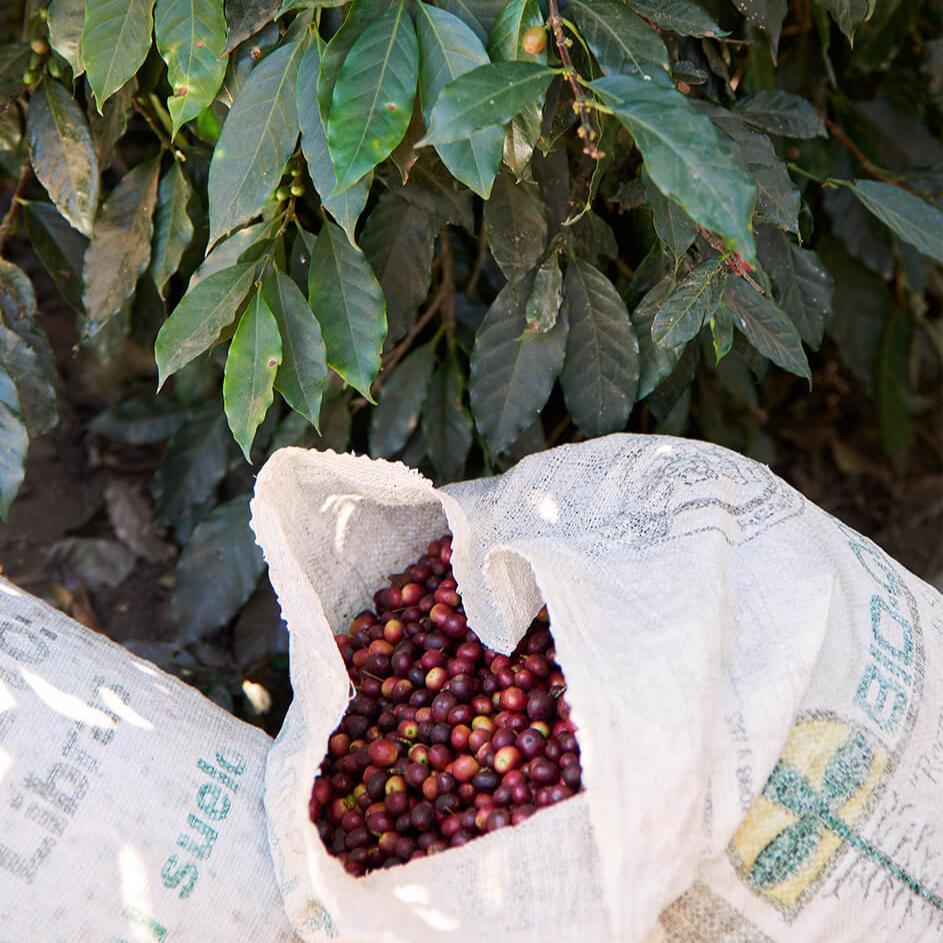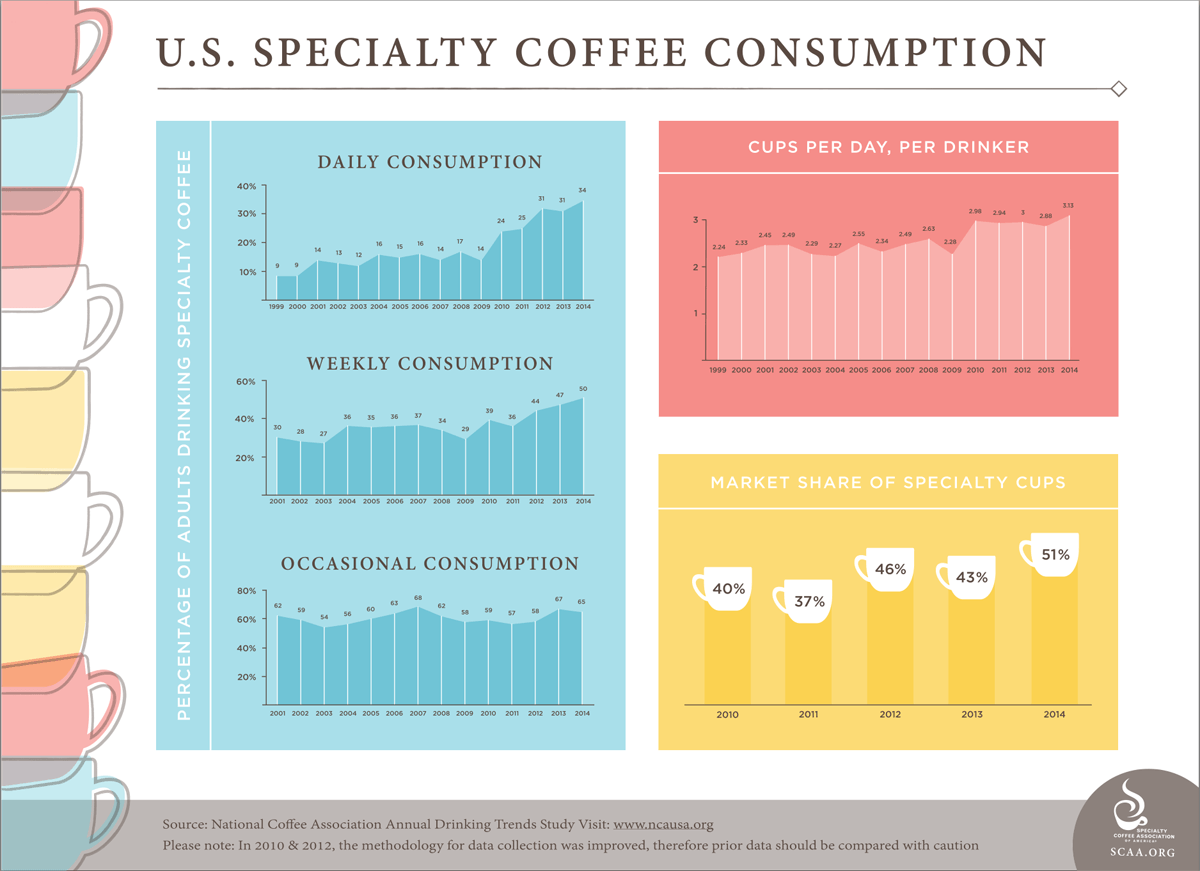When you need to find out how much coffee per cup to put into a coffee maker, the size of the pot and number of cups that it makes is going to be your guiding rule. Here’s a quick reference guide for adding grounds to your coffee maker:
Perfectly Brewed: How Many Scoops of Coffee Do You Need?

We’ve all been there. You find yourself staring at an empty coffee pot, and you’re the one in charge of starting today’s brew. How much coffee goes into the filter for a full pot? How much coffee do you add for half a pot? You might even notice that your 16oz travel mug definitely holds more than the 2 cup line on the carafe. How many cups does this thing actually hold, anyway? Today, we’re going to walk you through two ways to measure coffee grounds: the quick way, which uses a coffee scoop or tablespoon, and the precise way, which uses a kitchen scale (spoiler: this is how you start taking your coffee game to the next level).
Method 1: How Many Scoops of Coffee Per Cup?
For this method, you’ll need coffee grounds, a coffee scoop (or a tablespoon/teaspoon), and a measuring cup for water (though you can also use your coffee maker’s carafe). Let’s start with the bare minimum: roughly speaking, you need one scoop of coffee per cup listed on a standard drip coffee maker’s carafe. What’s the fast answer to how many scoops of coffee for a 10-cup coffee maker? Easy: use 10 scoops. But how much ground coffee is in a scoop? To answer this question (and start our journey to a much better way to measure out coffee for better results), we need to add some definitions:
How Much Coffee Is In a Scoop?
Is a scoop of coffee the same as a tablespoon? No, not usually. Coffee scoops are designed to contain about 2 tablespoons of ground coffee (leveled, not heaped). 1 Coffee Scoop = 2 Tablespoons. The general recommendation for making a cup of coffee is to use one scoop of coffee grounds per cup of coffee. However, one cup of coffee isn’t the same thing as a US Imperial 8 ounce cup. Here’s why:
What Does “Cup” Mean When We Say 2 TBSP of Coffee Per Cup?
A US standard cup is equal to 8 ounces, but a standard coffee cup size is 6 oz. Yeah, we know, that’s confusing. Apparently, we can blame the tea and teacup industry; current coffee standards inherited the 6 oz cup size from a standard-sized cup of tea. What this means for brewing coffee is that the measurements on the side of a coffee maker aren’t usually US standard either. Coffee Maker carafes (including the well-known Mr Coffee brand) actually mark about 5 oz of liquid per cup. These measurements assume that 6 oz of water will make 5 oz of brewed coffee. So a full 12 cup coffee maker is actually only making about 60 ounces of brewed coffee, which is only 7.5 cups in US Imperial liquid measurement. For those of us who drink a 10 or a 12 oz mug of coffee, that’s only 5 or 6 servings for a full 12-cup coffee maker carafe. Takeaway: most coffee makers don’t use standard US imperial measurements. Always check the measurement markings on the carafe; if there is no unit next to the number of cups, it’s going to be between 5-6oz of brewed coffee per cup.
Looking For New Equipment?
How Much Coffee Do I Use In a Coffee Maker (Drip Machine)?

We’ve mentioned this already, but always check to see if the markings have units listed next to them. If it actually measuresounces, you’ll need to adjust the amount of coffee grounds in our chart up by another third (number of tablespoons x 1 ⅓) to get the same ratio. And there you go, a quick method for adding grounds to your coffee maker! However, the scoop method doesn’t take into account that volume is not the best way to measure your coffee grounds. A tablespoon of finely ground, dark roasted coffee is not going to give you the same results as a tablespoon of coarsely ground, medium roast coffee. So let’s move on to a more precise way to measure coffee grounds for a consistently great cup of coffee.
Method #2: How Do I Measure the Perfect Coffee-to-Water Ratio?
Measuring coffee by weight and using a standard coffee-to-water ratio is the ideal way to prepare coffee. For this method, you’ll need coffee grounds, a kitchen scale, and measuring cup for your water. Let’s get started with the coffee-to-water ratio:
What is the Coffee-to-Water Ratio?
According to the Specialty Coffee Association, the ideal coffee to water ratio is around 55 grams of coffee per Liter of water (55g/L). In more normal terms, this translates to about 15 grams of coffee for every 250 mL of water (roughly 8.5oz or just over a cup in American Imperial measurement). This coffee-to-water ratio (what some people call the Golden Ratio) is something close to 1:18, 1 gram of coffee to 18 mL of water. But while the Golden Ratio is the accepted standard forjudgingcoffee quality, using this ratio for a pot of drip coffee (or other brewing method) may or may not have great results depending on how strong you like your coffee. The coffee-to-water ratio should be adjusted to taste preference, but the sweet spot for most people seems to be between 1:15 and 1:18. If you want to make a decent pot of coffee, start with the 1:16 ratio (1 gram of coffee per 16 mL of water) and adjust slightly up or down depending on how much you like the results.
Measuring your Coffee For a Drip Coffee Maker
Here’s a quick reference guide for adding grounds to your coffee maker with a 1:16 coffee-to-water ratio (If you are starting with whole coffee beans, weigh them as if you were weighing pre-ground coffee):

Looking For A Better Coffee?
Want to Take Your Coffee Game to the Next Level?
The quality of your coffee will also have a big impact on your brew. If you are looking for a starter specialty coffee, we highly recommend trying one of Driven’s medium roasts. Recommended Specialty Coffee: Guatemala Antigua Medium-roast Guatemala Antigua is our best-selling single-origin coffee for a reason. It’s a full-bodied coffee with compelling, complex flavors that our customers come back to again and again. We ship Guatemala Antigua to you as a freshly-roasted, whole bean coffee. However, if you’d prefer pre-ground, just select a grind size (medium works well for drip coffee) and we’ll take care of the rest. Speaking of pre-ground coffees, we also roast and grind some of our favorite blends for our flavored coffees. If you like your coffee to add sweetness and spice to your day, we’ve got you covered! Recommended Flavored Coffee: Highlander Grogg We use a blend of Brazilian arabica coffee beans to create Highlander Grogg’s robust flavor, and we boost this medium roast coffee to even greater heights by adding caramel, butterscotch, and vanilla. It’s a perfect brew for fighting off winter’s chill or celebrating the holidays with your favorite people! And that’s it! We hope you are now brewing your way to an amazing cup of coffee. Remember to play with the ratios; everyone has their own coffee preferences, and each coffee can have different ways to shine. Have an awesome experience or a coffee-brewing win you want to share? Tag us on Facebook or Instagram; we’d love to hear from you and share in your coffee journey!

